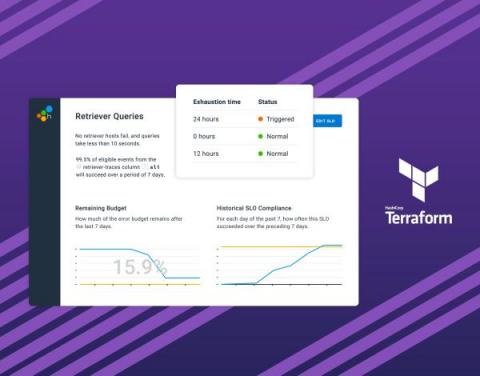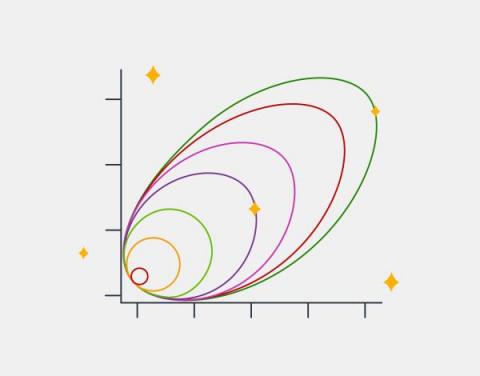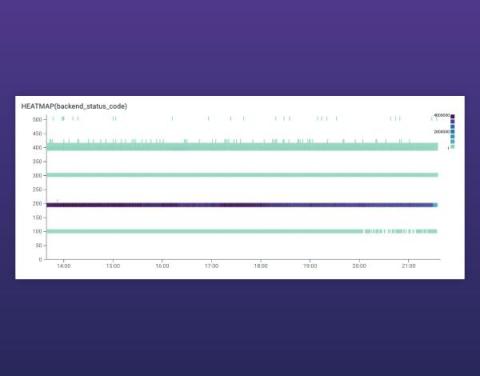Ask Miss O11y: As a developer, how can I try out observability?
What's the first small thing to do in o11y that would teach me something, bring something valuable, and open the way for something else? Observability doesn’t have to be a big, company-wide project. It can be useful locally and individually. A little playing around can get you some crucial insight into how your software works. Try it as a team, or in a pair, or by yourself. It takes 3 steps: Step 1 is easy. The other two might take ten minutes, or maybe more like a day.










